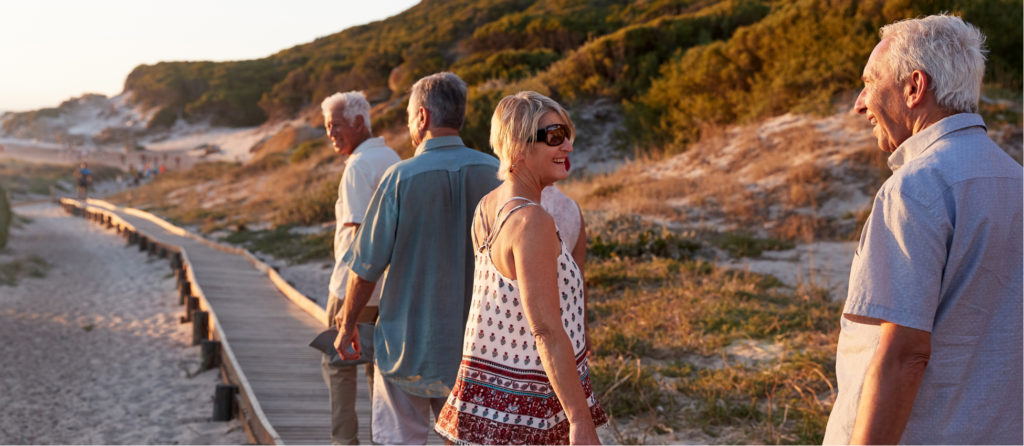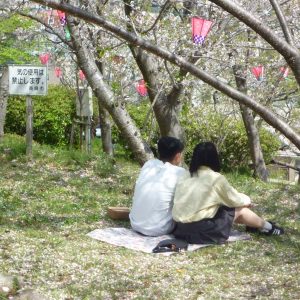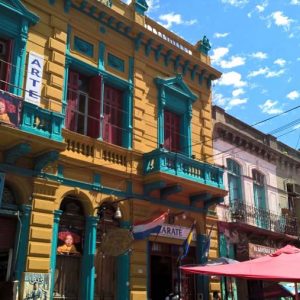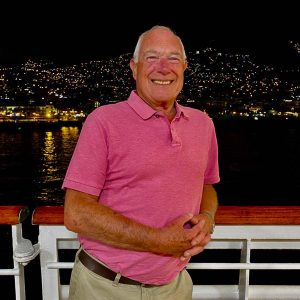The Isle of Wight, the UK’s holiday island needs no introduction. Located a few miles of the South Coast, The Isle of Wight is known for its beaches, famous Needles, Cowes Week and Queen Victoria’s seaside palace, the Italianate Osborne House. However, there are a couple of other Victorian gems as I discovered on a recent visit.
Dimbola Museum and Galleries
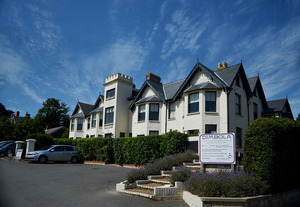 Dimbola Lodge at Freshwater Bay was the home and workplace of celebrated Victorian photographer Julia Margaret Cameron. It is now a museum and Gallery dedicated to her life and work, as well as a showcase of contemporary exhibitions from photographers around the globe. Julia Margaret Cameron (1815-1879) was one of the most important figures in early photography. A women ahead of her time, she was ambitious and free thinking. The photographs she created remain among the most famous images of many Victoria celebrities and her daring experimentation with close-up and diffused techniques influenced many later developments in photographic art. Julia created almost all her photographs at Dimbola, (named after the family’s coffee plantations in Dimbola, Ceylon, now Sri Lanka), the house she bought with her husband in the 1860s and occupied for some fifteen years. An adapted ‘glazed fowl house’ served as a studio and here she photographed local people and servants as well as her famous friends and visitors. The house became a focal point for a crowd of bohemian artists, writers and poets, such as Poet Laureate Alfred Lord Tennyson and Lewis Carol.
Dimbola Lodge at Freshwater Bay was the home and workplace of celebrated Victorian photographer Julia Margaret Cameron. It is now a museum and Gallery dedicated to her life and work, as well as a showcase of contemporary exhibitions from photographers around the globe. Julia Margaret Cameron (1815-1879) was one of the most important figures in early photography. A women ahead of her time, she was ambitious and free thinking. The photographs she created remain among the most famous images of many Victoria celebrities and her daring experimentation with close-up and diffused techniques influenced many later developments in photographic art. Julia created almost all her photographs at Dimbola, (named after the family’s coffee plantations in Dimbola, Ceylon, now Sri Lanka), the house she bought with her husband in the 1860s and occupied for some fifteen years. An adapted ‘glazed fowl house’ served as a studio and here she photographed local people and servants as well as her famous friends and visitors. The house became a focal point for a crowd of bohemian artists, writers and poets, such as Poet Laureate Alfred Lord Tennyson and Lewis Carol.
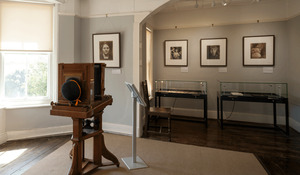 This is an excellent place to while away an hour or two, especially if you are waiting for the rain to clear. Also, if you’ve got grand-children in tow it’s an interesting and educational way of introducing them to photography pre the digital age. Disabled access to all floors is by stair lift with the toilets on the ground floor. The car park is directly to the front of the building with a large council car park nearby. Finally and for many the most important factor in visiting any attraction – what’s the tea room like? I am happy to say, I enjoyed a perfect pot of tea, an excellent home baked cake all served on quaintly mismatched proper china with an atmospheric view to the sea in the distance.
This is an excellent place to while away an hour or two, especially if you are waiting for the rain to clear. Also, if you’ve got grand-children in tow it’s an interesting and educational way of introducing them to photography pre the digital age. Disabled access to all floors is by stair lift with the toilets on the ground floor. The car park is directly to the front of the building with a large council car park nearby. Finally and for many the most important factor in visiting any attraction – what’s the tea room like? I am happy to say, I enjoyed a perfect pot of tea, an excellent home baked cake all served on quaintly mismatched proper china with an atmospheric view to the sea in the distance.
Dimbola Lodge has been called the best kept secret in the Isle of Wight and is a definite must see for lovers of photography. However, even if you’re not that interested in pioneering photographic techniques, you’ll enjoy recognising a lot of the photos and household names within them. The gallery showing images of the 1970 Isle of Wight festival might evoke a few memories and for the child within, there’s also a chance to dress up and take your own Victorian style parlour picture – all in all great fun!
Farringford
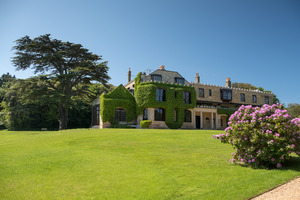 “On either side the river lie, long fields of barley and of rye”. “Theirs not to reason why, theirs but to do and die”. There can be few amongst us who are not familiar with the wonderful words of Alfred Lord Tennyson’s poems, either through a love of poetry or from our school days. Farringford, a Grade 1 Listed Building was the main residence of Alfred Lord Tennyson, Poet Laureate, from 1856 until his death in 1892. It continued in the possession of the Tennyson family until 1945, when it was sold to British Holiday Estates Ltd, who converted the house into a hotel. It continued as a hotel until 2010. Since then the property has undergone extensive restoration and has now re-opened to the public as an historic home. The house is also located in Freshwater Bay on the western tip of the Isle of Wight and can easily be combined with Dimbola. Easy to use personal headsets with audio guides offer plenty of interesting detail on the eleven rooms open to the public whilst informative staff are also on hand to answer any further questions. Unfortunately, sadly the house is not wheelchair friendly, there are quite a lot of stairs.
“On either side the river lie, long fields of barley and of rye”. “Theirs not to reason why, theirs but to do and die”. There can be few amongst us who are not familiar with the wonderful words of Alfred Lord Tennyson’s poems, either through a love of poetry or from our school days. Farringford, a Grade 1 Listed Building was the main residence of Alfred Lord Tennyson, Poet Laureate, from 1856 until his death in 1892. It continued in the possession of the Tennyson family until 1945, when it was sold to British Holiday Estates Ltd, who converted the house into a hotel. It continued as a hotel until 2010. Since then the property has undergone extensive restoration and has now re-opened to the public as an historic home. The house is also located in Freshwater Bay on the western tip of the Isle of Wight and can easily be combined with Dimbola. Easy to use personal headsets with audio guides offer plenty of interesting detail on the eleven rooms open to the public whilst informative staff are also on hand to answer any further questions. Unfortunately, sadly the house is not wheelchair friendly, there are quite a lot of stairs. 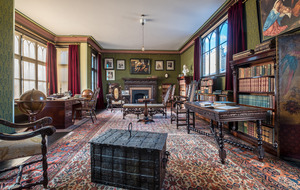 Farringford can best be described as a Tennyson time capsule, the dimly lit rooms and furniture, even the wall paper exactly how it would have been in Tennyson’s day. Tennyson was also a regular visitor at Osborne house, whilst Prince Albert visited Farringford in 1856, leaving with a handpicked bunch of cowslips to take back to the Queen.
Farringford can best be described as a Tennyson time capsule, the dimly lit rooms and furniture, even the wall paper exactly how it would have been in Tennyson’s day. Tennyson was also a regular visitor at Osborne house, whilst Prince Albert visited Farringford in 1856, leaving with a handpicked bunch of cowslips to take back to the Queen.
With Victoria on our TV screens and Judy Dench entertaining us in last year’s popular film ‘Victoria and Abdul’ the Victorian era is having a bit of a moment and for anyone interested in this period both Farringford and Dimbola come highly recommended.
For general information on the Isle of Wight visit www.visitisleofwight.co.uk
For travel to the Isle of Wight, Silver Travel Adviser recommends Shearings and Grand UK Holidays.
